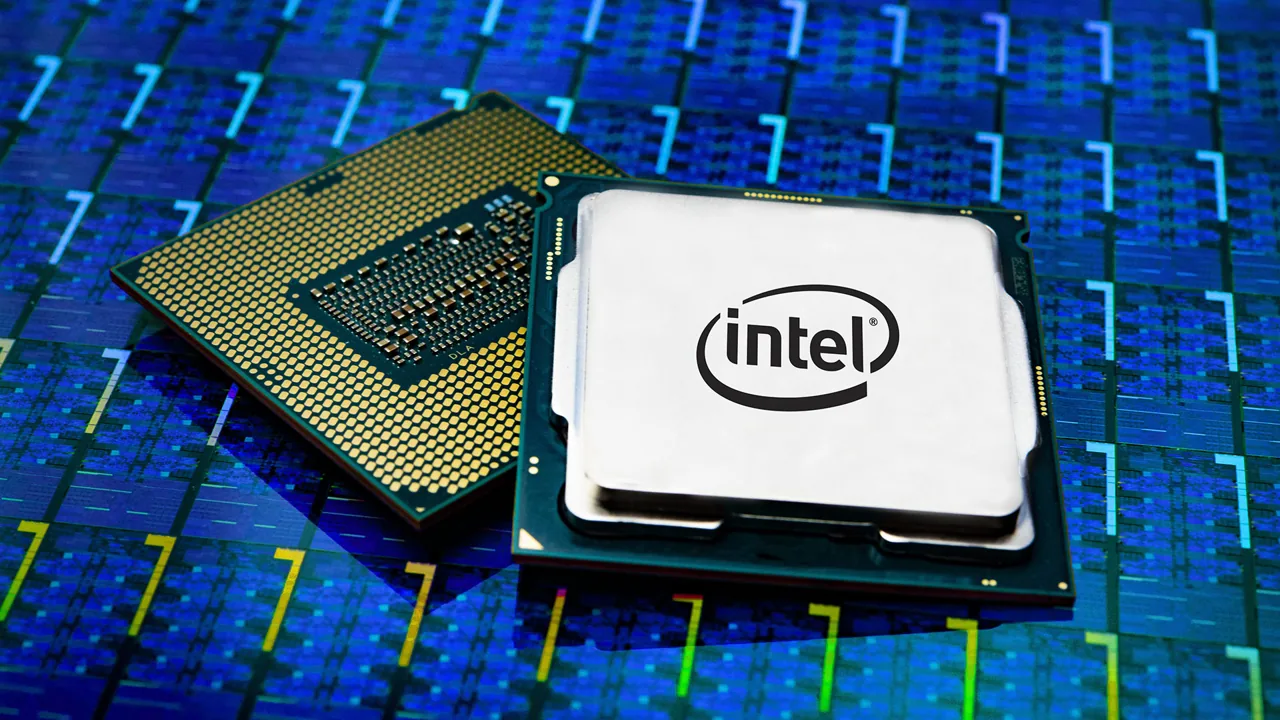Intel’s frequent socket changes for desktop processors have long been criticized in the tech world. However, new leaks suggest this may soon change. The company is said to support the LGA 1954 socket, which will be introduced alongside Nova Lake processors, for four generations. This strategy could reduce processor upgrade costs and increase Intel’s competitiveness against rival AMD.
Intel management backtracks
According to information shared by industry analyst Moore’s Law is Dead, the LGA 1954 socket, which will be included with Intel’s Nova Lake processor family, due to be released in 2026, will also be compatible with subsequent generations: Razer Lake, Titan Lake, and Hammer Lake.

This approach is similar to AMD’s support policy for its AM4 and AM5 platforms. AMD supported the AM4 socket for four generations and promised compatibility for AM5 from 2026 onward.
Intel’s last multi-generational socket was the LGA 775, introduced in 2004. This socket has been used for seven years, supporting processors ranging from the Pentium 4 to the Core 2 Extreme. LGA 1954’s revival of this tradition will allow users to upgrade to newer processors without replacing their motherboards. This will significantly reduce upgrade costs.
Intel Nova Lake processors will be available in the second half of 2026. The new processors will be available in a wide range of sizes, from Core Ultra 3 to Ultra 9. The flagship Core Ultra 9 model will come with 52 cores (16 performance, 32 efficiency, and 4 island cores). This model is expected to offer a 150W TDP and 144MB of L3 cache.
Other models will also feature different core configurations. The Core Ultra 7 will have 42 cores, the Ultra 5 series will have 18-28 cores, and the Ultra 3 will have 12-16 cores.
The Nova Lake-S platform will bring significant connectivity upgrades, including 32 PCIe 5.0 and 16 PCIe 4.0 lanes, as well as DMI 5.0 support. Additionally, the Xe3 “Celestial” architecture is being brought to the desktop on the integrated graphics unit (iGPU).
The processors will also feature an integrated NPU unit for Copilot+ support, and some components will reportedly be manufactured using TSMC’s 2nm manufacturing process. This means existing coolers will remain compatible with the new socket, saving users the cost of cooler replacements.













